
Brave is undoubtedly an impressive open-source web browser.
It is also one of the best browsers available for Linux. Vivaldi, on the other hand, has been making the rounds among Linux users for its customizability, and tab management features.
Is Vivaldi worth a try? Is it open-source? Why should you prefer Brave over it? Or should you consider using Vivaldi?
Here, I shall answer all those questions, comparing both of them side-by-side.
User Interface
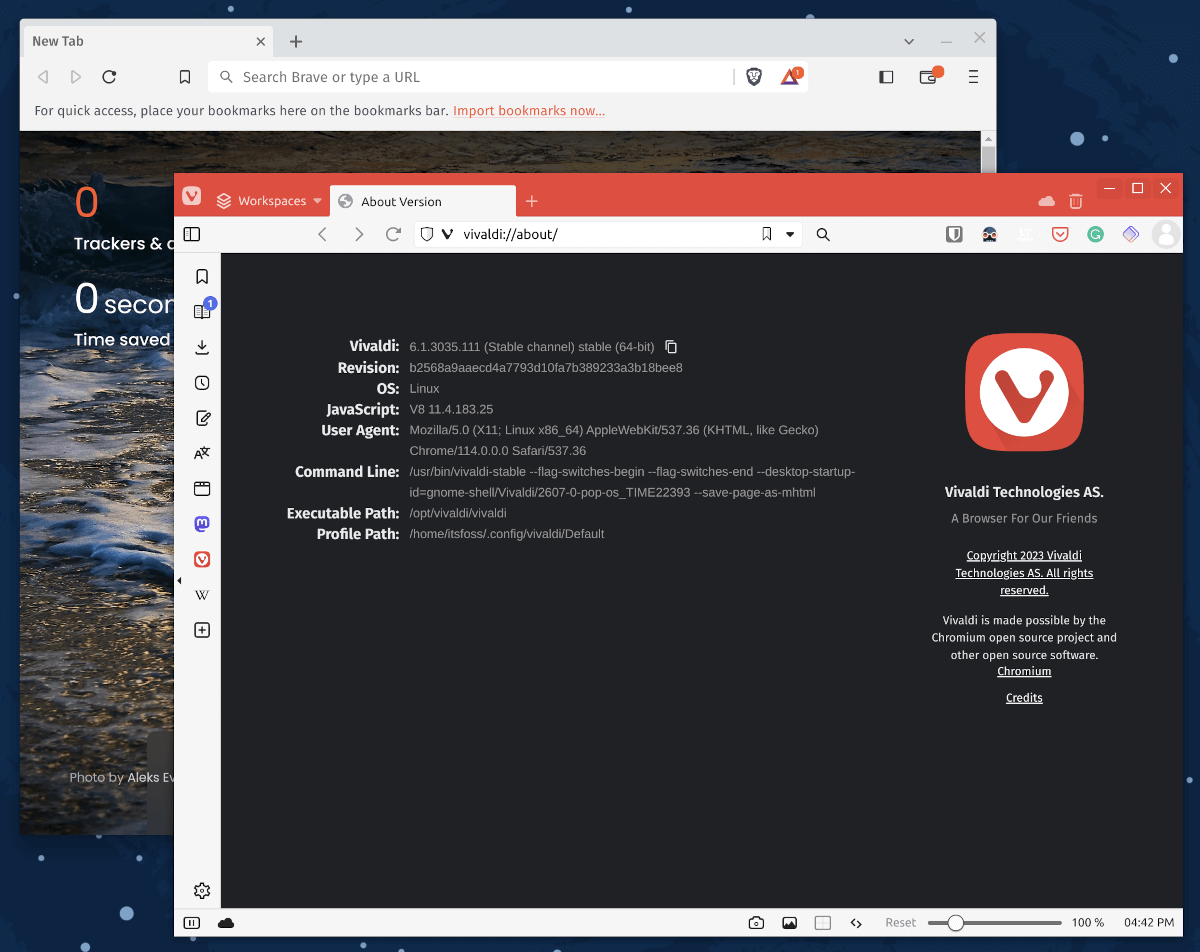
Both the web browsers offer different user experiences, even if they are based on open-source Chromium code.
Brave focuses on providing a neat look, while Vivaldi tries its best to provide more functionality.
If you do not want many distractions, and just want to focus on web browsing, Brave should give you a clean experience.
Even then, Brave gives you a lot of control to customize the existing interface. For instance, the ability to use a wide address bar, show full URLs, show tab search button, show/hide home button, and more.
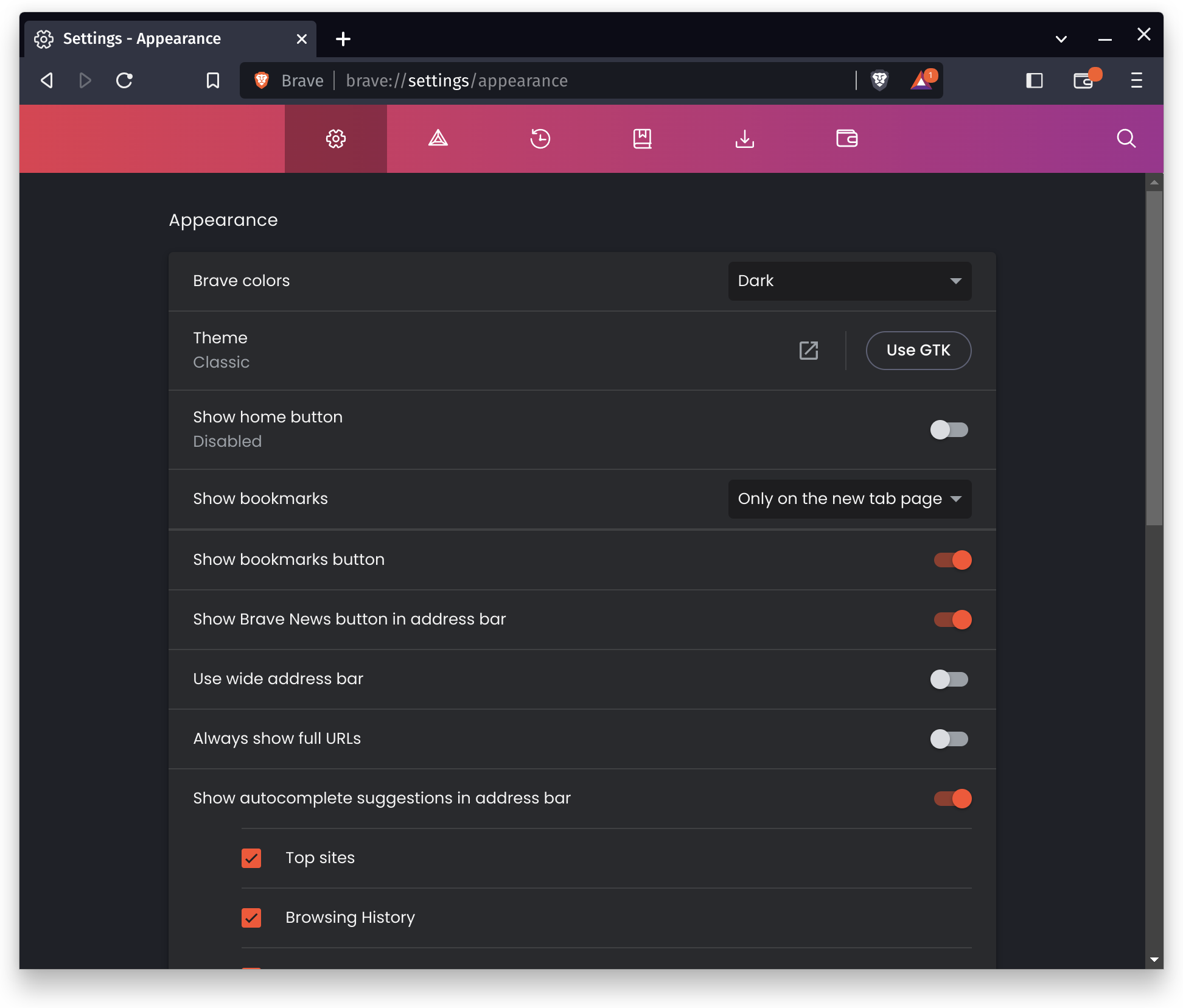
When it comes to themes, Brave offers light and dark out of the box but supports themes available in the Chrome Store.
In contrast, Vivaldi might look a bit filled up out of the box with a quick access panel, search bar to the right of the address bar, and more elements at the bottom of the browser.
Vivaldi features more themes by default. Not to forget, you can seamlessly edit/customize the theme, which you cannot in Brave.
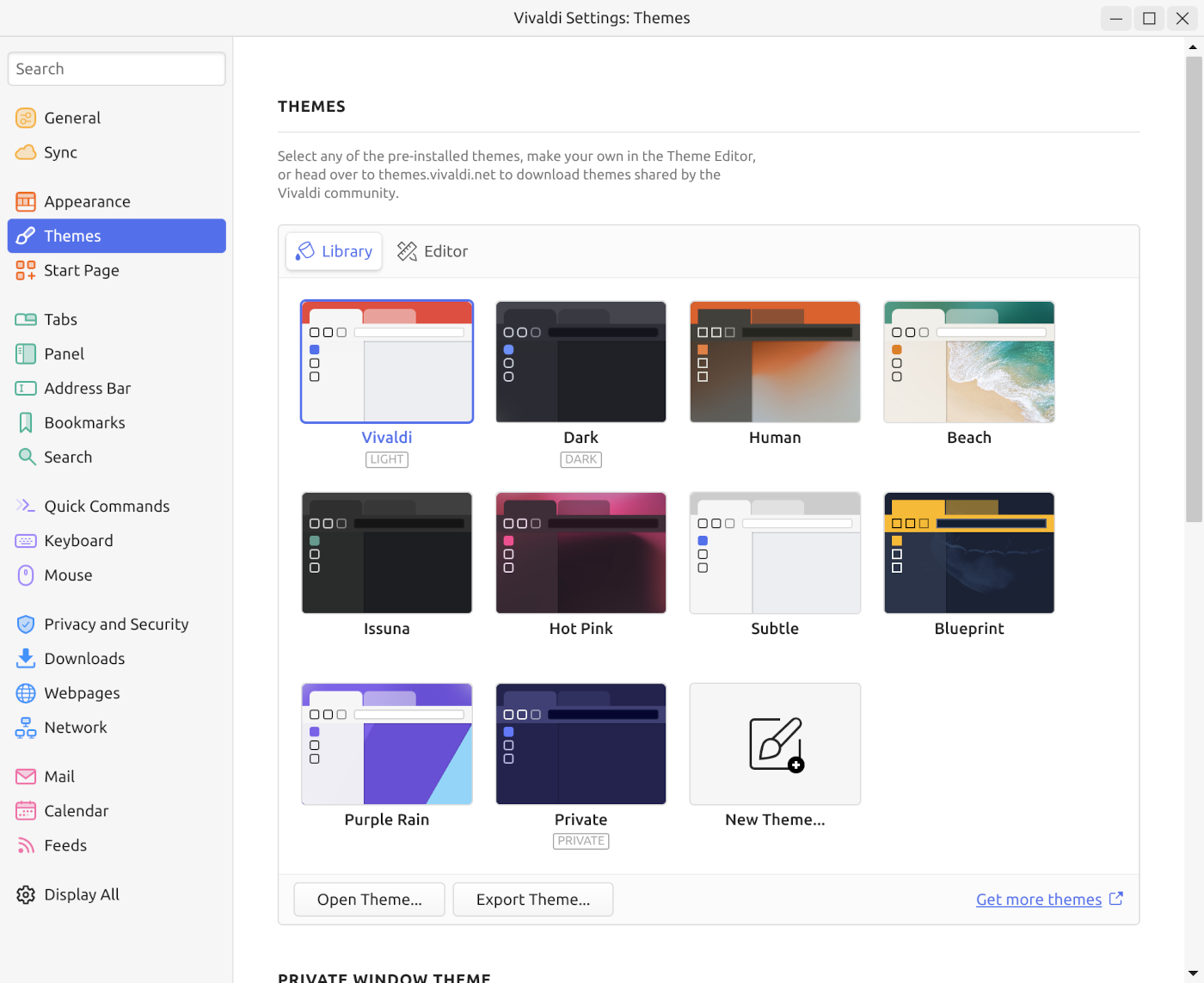
For someone looking for a straightforward and customizable web browser, Brave is an easy recommendation. And, for users wanting a rich user interface with a variety of options accessible, Vivaldi should be a good choice.
Open Source vs. 99% Open-Source
Brave is completely open-source and free to use. You can find its code at GitHub and fork it for experiments and tests if required.
Vivaldi is err.. almost open-source. The entire browser is based on Chromium, and its code is available on its official site. However, the user interface of the browser is proprietary.
To ensure that they provide you a unique user experience and keep their control over it, Vivaldi decided to keep the UI closed-source.
However, they do explain it well in a blog post.
Tab Management
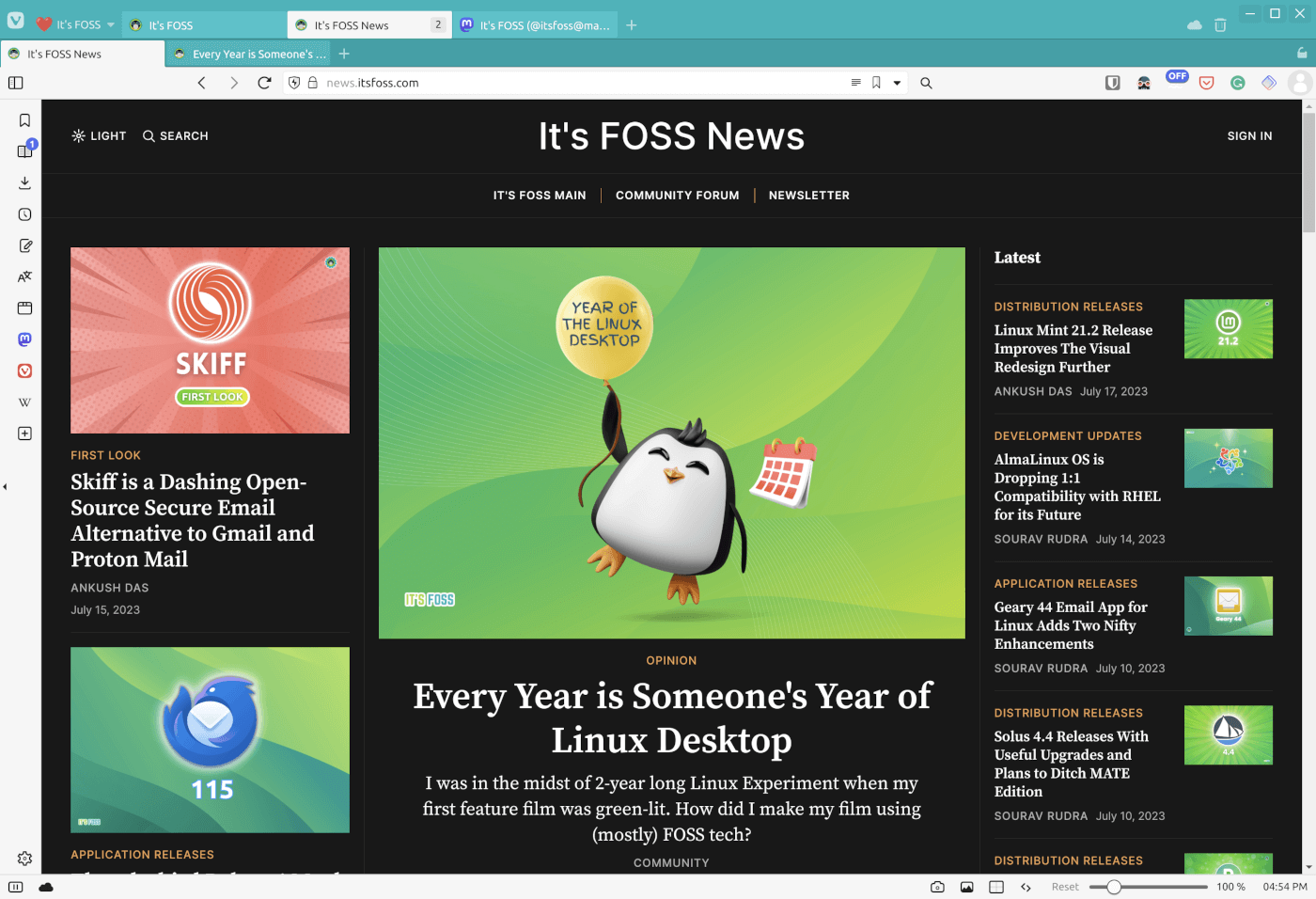
For most users, this may not be a comparison criterion. But, considering Vivaldi is popular for its tab management ability, it is worth pointing it out.
Tab management is helpful when you have loads of tabs active. If you have a handful of tabs in use, you do not need to both about tab management capabilities, but it can still be useful.
With Vivaldi, you can have two-level stacked tabs together, and have several stacked tab groups. You can also reposition the tabs from the top of the browser to the left/right/bottom side of the browser. The default behavior of the tabs can be managed, stacked tabs can be changed into accordion-style, the width can be adjusted, the buttons can be customized to be visible/hide, and lots more.
Moreover, you can create separate workspaces to organize the tabs even better.
Brave also lets you group tabs, assign color, name them, and expand/collapse to easily manage several tab groups.

However, you do not get to see any two-level tab stack functionality nor the ability to customize the tab behavior or workspaces like you get to see in Vivaldi.
Moreover, the tab management with Brave (with dark mode on) looks a bit messy in my opinion.
Sure, you can decide what the new tab page shows, but that’s not really as useful as the options available in Vivaldi.
So, Vivaldi is a clear winner when it comes to tab management. But, it depends on your requirements. If you do not juggle between multiple tabs, you probably do not need anything special.
Other Features
While both offer all the essential features, you will find some unique offerings.
Brave supports IPFS protocol to help you fight against censorship. You also get the ability to use Brave Rewards, and get tokens for the privacy-friendly ads pushed by Brave. These rewards can help you contribute back to websites as tips. The tokens can also be used to purchase as per the available merchant partners with Brave.
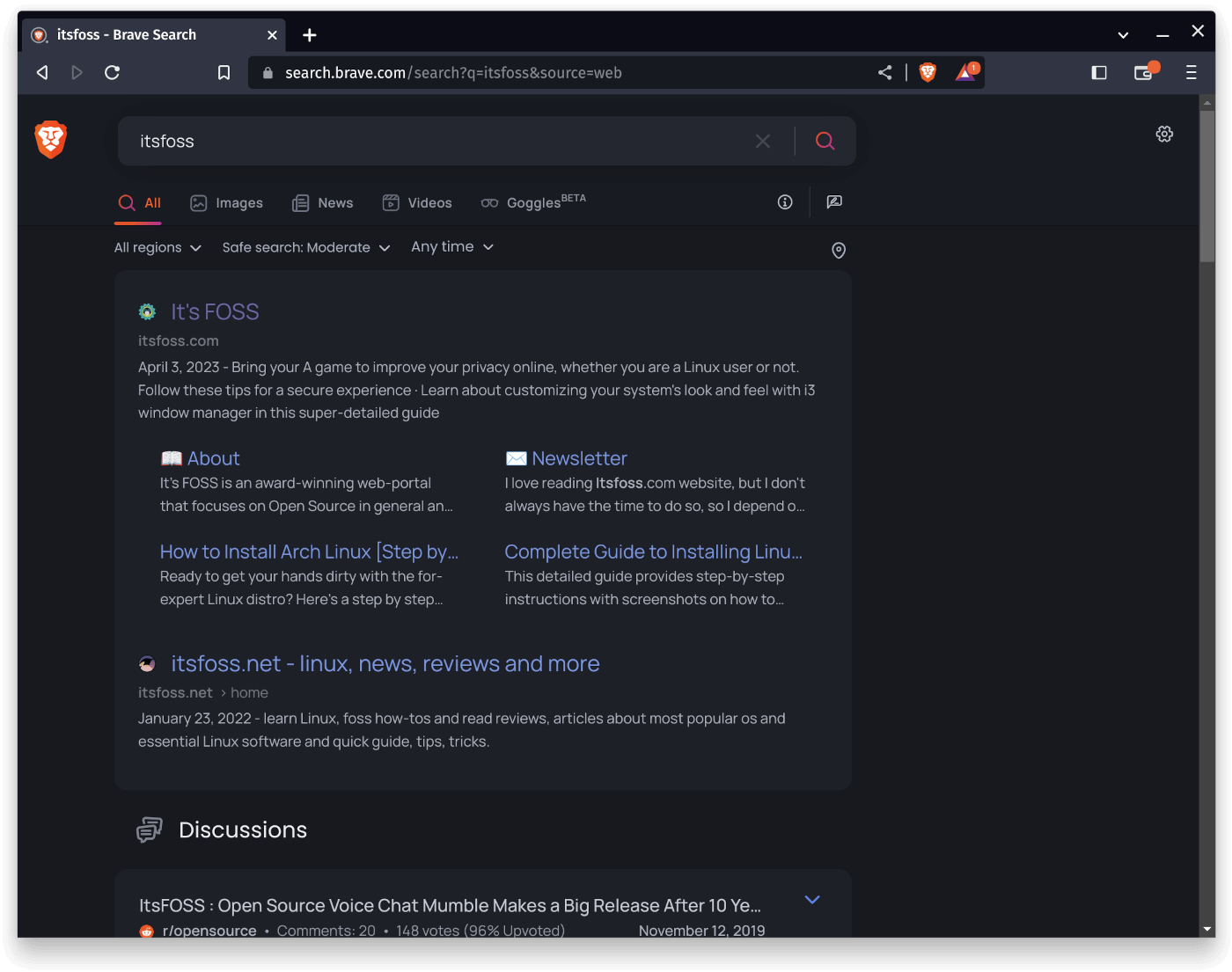
Brave Search is the default search engine with Brave web browser. Even though the search engine is not open-source, the features offered by Brave Search make it an interesting alternative to other popular private search engines.
Suggested Read 📖

When it comes to Vivaldi, it offers a range of extra features like the web panel in the sidebar, pomodoro, page tiling, calendar integration, email integration, RSS feed, and more.
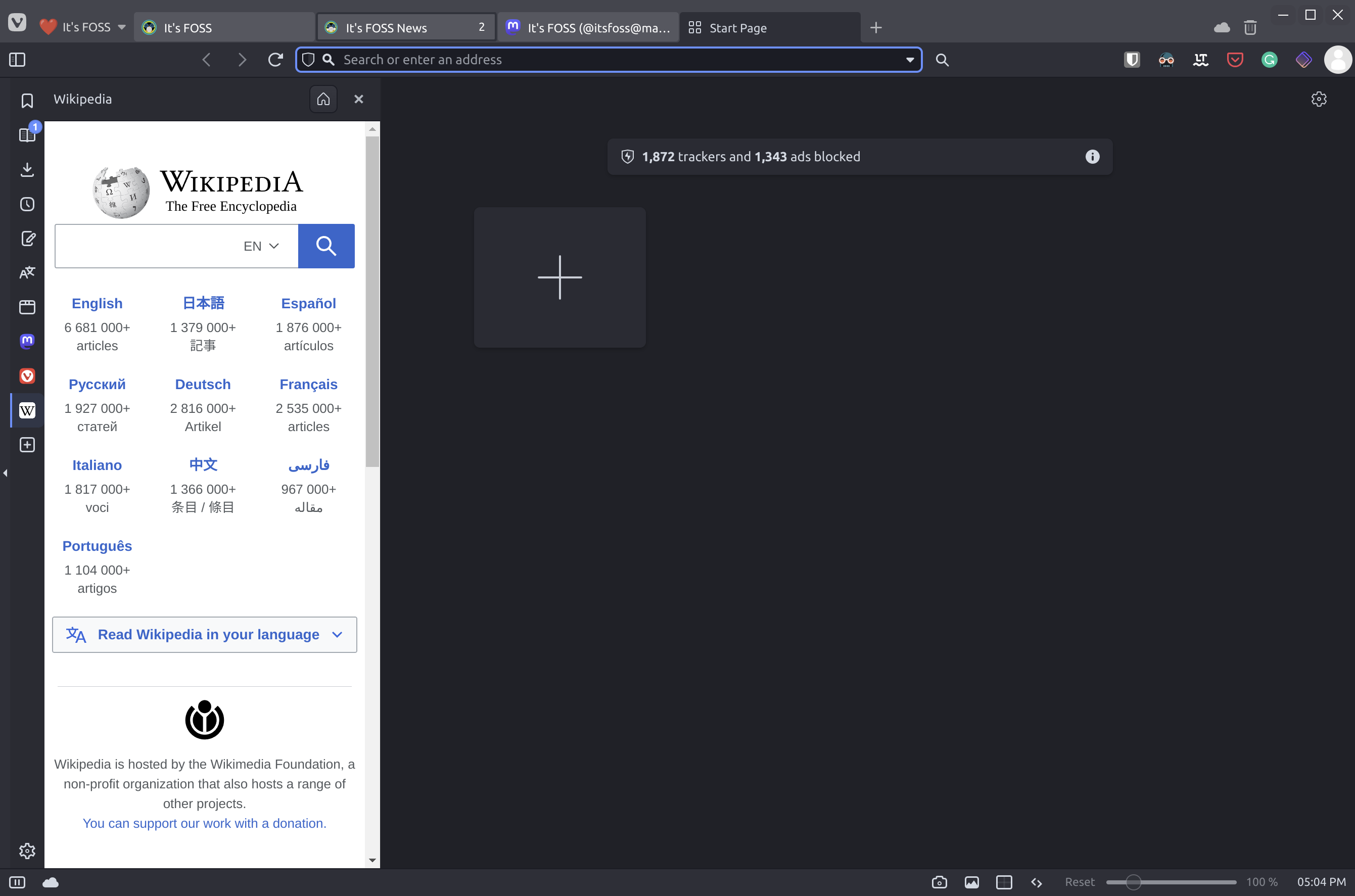
The sidebar (or web panel) lets you quickly access things without needing to open a separate tab or window, which should let you easily multitask without losing focus on the active tab.
You also get an in-built translation feature that gets rid of the need to use Google Translate in case you do not understand a language across the web.
In addition to all other features, it lets you tweak keyboard shortcuts, mouse gestures, and a variety of quick commands. You do not find anything like this in Brave.
So, I’d say Vivaldi is a comfortable option for keyboard shortcut users.
The Privacy Angle

Choosing the right web browser is one of the ways to improve privacy. Of course, if you use privacy-focused tools, the more private experience it is.
Vivaldi focuses on providing a privacy-friendly web experience, just like Brave. You get native ad/tracking protection and a dedicated privacy menu to adjust your experience.
As you can notice in the screenshot above, you can enable/disable the Google services being used for security, hide typed history, change the behavior of saving browsing history, and tweak the default website permissions.
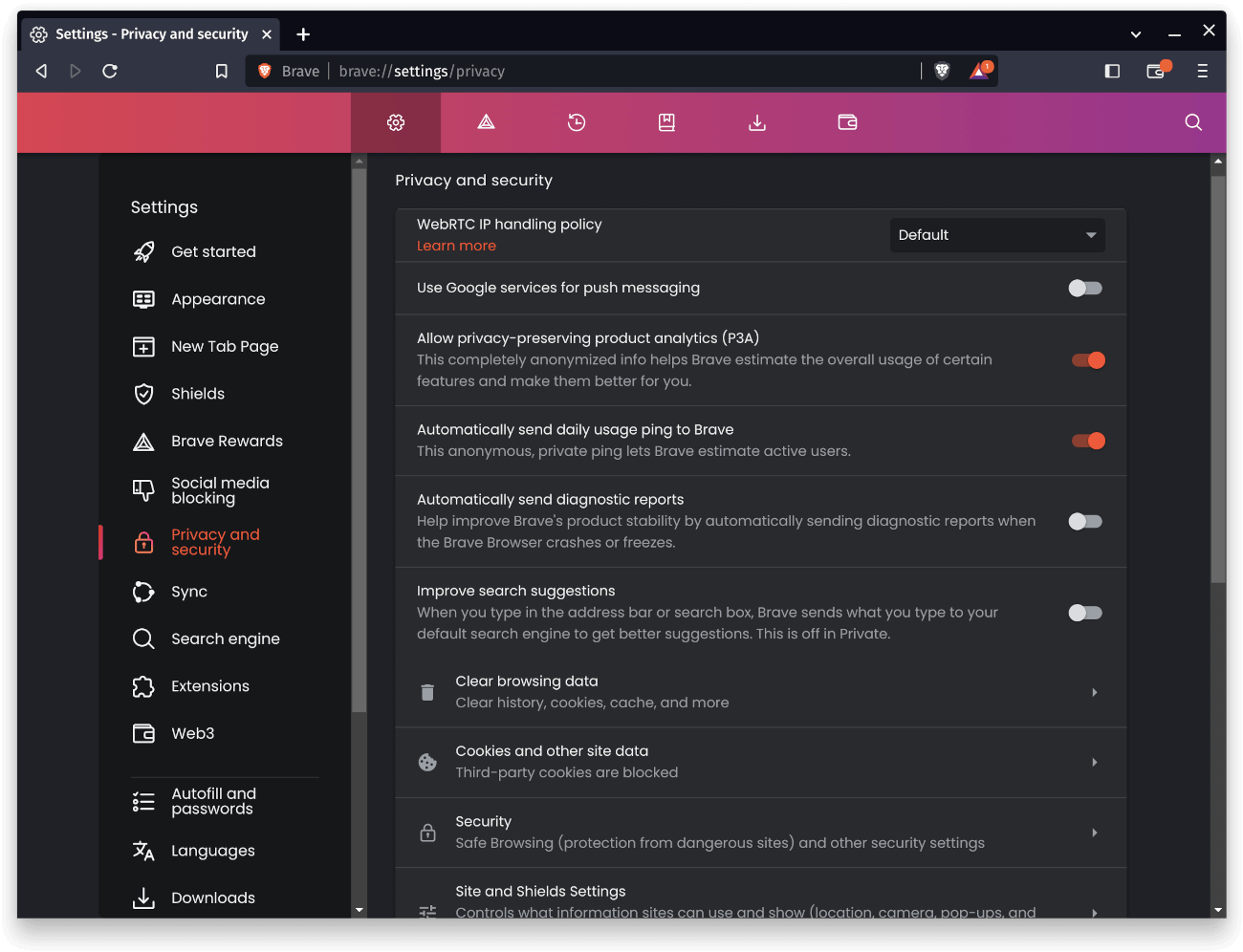
Brave also gives you a similar level of control, and some advanced options like changing the WebRTC IP policy, and push messaging service controls.
If you are just looking for anti-tracker and ad blocking capabilities, both browsers offer that. But, if you are worried about something specific, you might want to explore through the settings to be able to decide it for yourself.
Suggested Read 📖

Performance
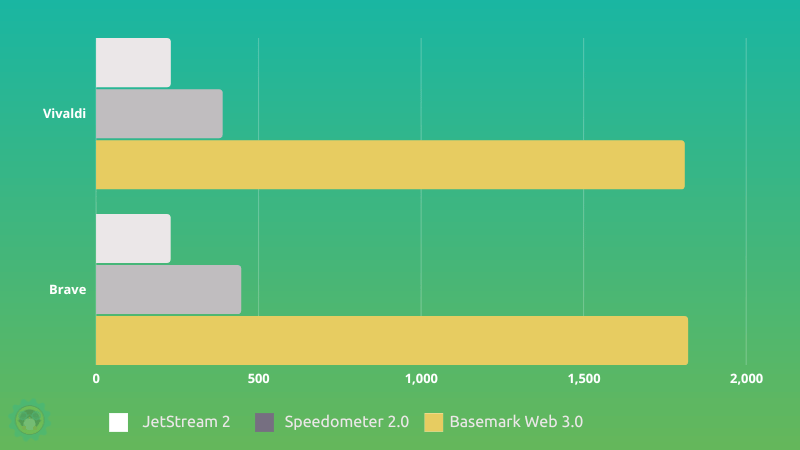
As usual, I tested the browsers using some of the popular benchmark tests like: JetStream 2, Speedometer 2.0, and Basemark Web 3.0.
I utilized Pop!_OS 22.04 as my Linux distribution, and the browser versions tested were Vivaldi 6.1.3035.111 stable and Brave 1.52.130
In these synthetic benchmarks, Brave turned out to be a tad bit faster in the Speedometer test, and the rest were almost identical.
To give you an idea, I had nothing running in the background, except the browser on my PC powered by Intel i5-11600k @4.7 GHz, 32 GB 3200 MHz RAM, and 3060ti Nvidia Graphics
So, both browsers should be good enough for a snappy web experience.
Installation
Vivaldi offers the latest DEB/RPM packages on its official website and also provides support for ARM devices. You do not find any Flatpak or Snap packages for Vivaldi in the stable channel for now.
You can also follow our guide to install Vivaldi on Linux.
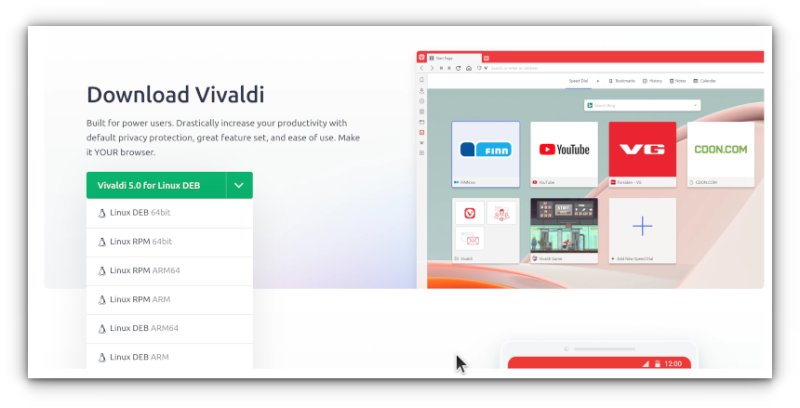
Brave, on the other hand, does not directly offer these packages on its website. You will have to follow a set of commands in the terminal to install it, which is the recommended way of installation.
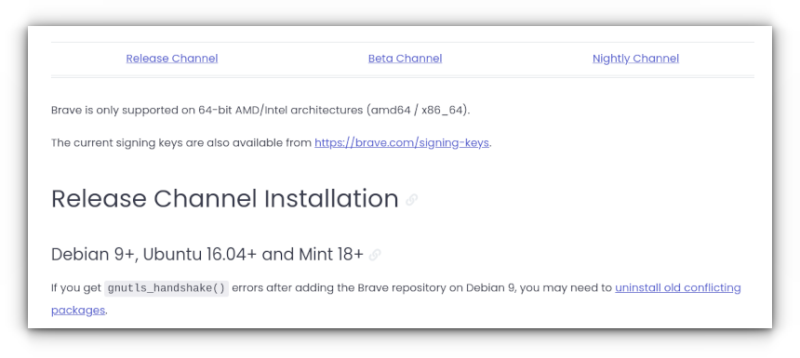
You can find a Snap package, but it is not the best method as mentioned by them officially.
If you use Fedora, you can refer to our Brave installation guide for Fedora to get help.
Suggested Read 📖
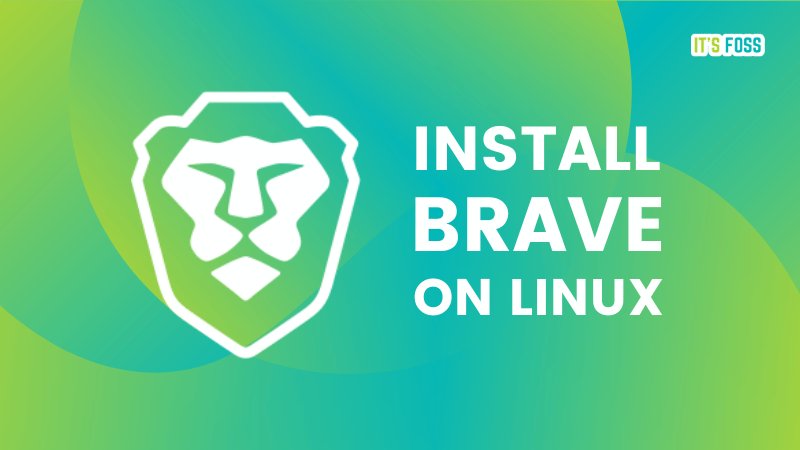
The Final Verdict
When it comes to open-source browsers, Brave gets the edge as its entire source code is available. However, the commitment to a private web experience, and the focus on Linux as a platform by Vivaldi, is impressive.
Feature-wise, the tab management ability on Vivaldi can be a compelling option to help you dabble between multiple tabs.
Brave should provide a clean and fast experience, and Vivaldi can be a good choice for users looking for more customizability and a rich user interface.
I’d go with Vivaldi considering the tab management feature saves a lot of time, but then again it comes down to what you prefer.
What would you prefer? Let me know in the comments down below.


